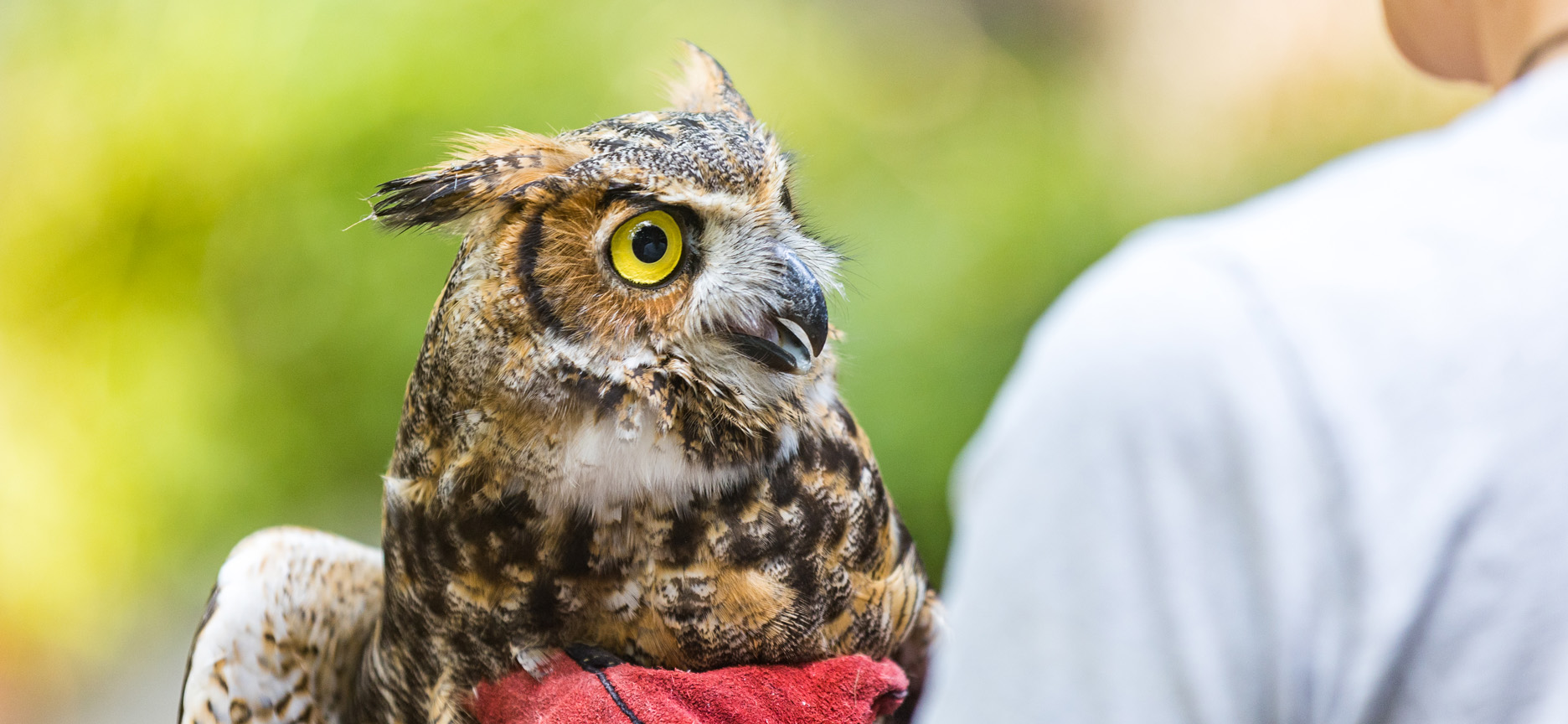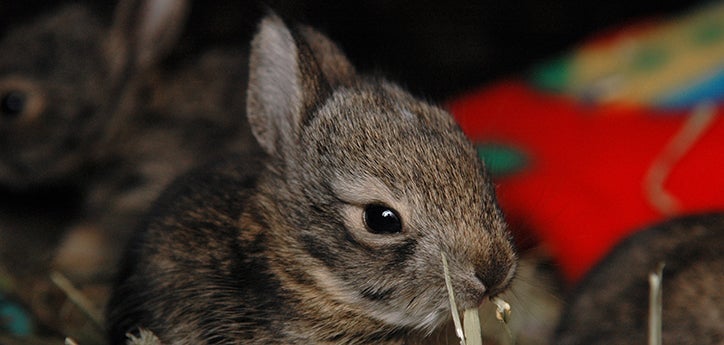Just How Burlington Wildlife Rescue is Making a Difference in Our Ecosystem
Just How Burlington Wildlife Rescue is Making a Difference in Our Ecosystem
Blog Article
The Role of Humane Wild Animals Removal in Protecting Citizen Ecosystems
Humane wild animals removal is not merely an ethical consideration however a pivotal part in securing regional communities. By prioritizing non-lethal techniques, it addresses the fragile equilibrium between human expansion and wild animals environment preservation.
Understanding Human-Wildlife Conflicts
Human-wildlife disputes often arise when the all-natural environments of pets converge with human tasks, resulting in competition for resources and space. As urbanization and farming growth remain to trespass upon wildlife regions, animals such as raccoons, deer, and prairie wolves find themselves in closer proximity to human populaces. This proximity can cause harmful effects on both wild animals and humans, as pets may cause damages to crops, infrastructure, and personal effects while people may accidentally hurt wildlife with habitat damage and various other anthropogenic stress.
The complexity of these problems originates from a variety of aspects. Changes in land usage, climate change, and the fragmentation of ecological communities often require wildlife to adapt to brand-new atmospheres, sometimes leading them right into business or household locations. Furthermore, the availability of human-generated food resources, such as garbage and family pet food, can bring in wild animals to human settlements, aggravating interactions and potential conflicts.
Attending to human-wildlife conflicts needs a nuanced understanding of pet actions, environmental characteristics, and socio-economic factors to consider. By researching these conservationists, interactions and policymakers can create techniques that intend to reduce conflicts while preserving biodiversity and keeping eco-friendly equilibrium. The goal is to promote conjunction and minimize unfavorable effects on both human neighborhoods and wild animals populations.
Value of Non-Lethal Approaches
Non-lethal approaches of wild animals removal embody this principles by offering services that avoid injury to wildlife while dealing with human issues. By employing such approaches, we can handle wildlife interactions without resorting to dangerous steps, therefore protecting animal populaces and lowering honest concerns connected with killing.
These techniques usually confirm extra reliable in the long term, as getting rid of private animals can develop a gap that is promptly loaded by various other members of the types or different types completely. This can lead to a cycle of ongoing elimination initiatives, whereas non-lethal deterrents resolve the origin causes of wildlife presence.
Additionally, non-lethal techniques foster coexistence by educating the public regarding wild animals behavior and encouraging unified living techniques. This understanding can result in a lot more sustainable human-wildlife communications, eventually protecting both area passions and pet well-being.
Advantages for Biodiversity
When non-lethal wild animals removal techniques are used, they contribute dramatically to biodiversity conservation. By guaranteeing the risk-free moving of animals instead than their eradication, these techniques maintain environmental equilibrium and protect the stability of communities.

Additionally, these approaches foster coexistence in between human beings and wildlife, minimizing adverse interactions and protecting the abundant tapestry of life that identifies biodiverse regions. This technique urges a deeper understanding and regard for wild animals, cultivating area support for conservation efforts. Ultimately, humane wild animals removal is an important component in protecting biodiversity, guaranteeing communities remain dynamic and practical for future generations.
Techniques for Reliable Removal
Carrying out efficient methods for gentle wildlife elimination requires a comprehensive understanding of animal habits and habitat a knockout post needs. This expertise offers as the structure for developing methods that ensure the safe and honest moving of wildlife.
One more important approach is using exemption strategies, which focus on sealing entrance indicate prevent pets from returning to frameworks. This method not just attends to the prompt problem but additionally works as a long-lasting solution, reducing future problems between people and wild animals. In addition, the use of non-toxic deterrents and repellents can motivate pets to abandon areas voluntarily, complementing various other elimination efforts.
Capture and relocation must constantly be a last hope, employed only when animals present a direct threat or are unable to leave on their very own. In such instances, utilizing humane traps and making sure the release of pets in appropriate habitats are vital to safeguarding their well-being. Partnership with wild animals professionals and adherence to lawful policies further enhance the efficiency of these techniques.

Encouraging Coexistence in Urban Locations
Advertising coexistence in city locations needs a complex approach that balances human growth with the needs of regional wildlife. Urban policymakers and organizers have to incorporate green spaces, such as parks and wild animals passages, right into city designs to provide habitats for native species. wildlife rescue burlington.
Education and recognition campaigns are critical in fostering a culture of coexistence. Citizens need important source to recognize the relevance of wild animals and the function they play in local ecosystems. Workshops and educational sessions can equip communities with knowledge on just how to reduce disputes, such as securing trash and making use of gentle deterrents to stop wild animals invasion.
Furthermore, technology can play a substantial role in advertising conjunction. Making use of wild animals tracking systems, for circumstances, can aid track pet movements and educate urban preparation decisions. Collaborations in between environmental companies, local federal governments, and neighborhood groups can additionally strengthen these initiatives, making certain that metropolitan development advances sustainably while valuing the environmental equilibrium.
Final Thought
Humane wild animals removal is crucial for keeping eco-friendly equilibrium and biodiversity by using non-lethal approaches that decrease injury to animal populations. Eventually, advertising coexistence in city locations cultivates an unified partnership between humans and the natural environment, guaranteeing sustainable environments for future generations.
As urbanization and farming growth continue to encroach upon wild animals territories, pets such as deer, raccoons, and coyotes discover themselves in closer proximity to human populaces. Non-lethal methods of wildlife elimination personify this values by offering options that protect against damage to wildlife while dealing with human concerns. By using such techniques, we can manage wildlife communications without resorting to deadly actions, therefore protecting animal populaces and lowering ethical problems associated with murder.
Carrying out reliable techniques for humane wildlife removal requires a thorough understanding of pet behavior and habitat needs.Humane wild animals elimination is essential for keeping ecological equilibrium and biodiversity by using non-lethal methods that reduce injury to animal populaces.
Report this page